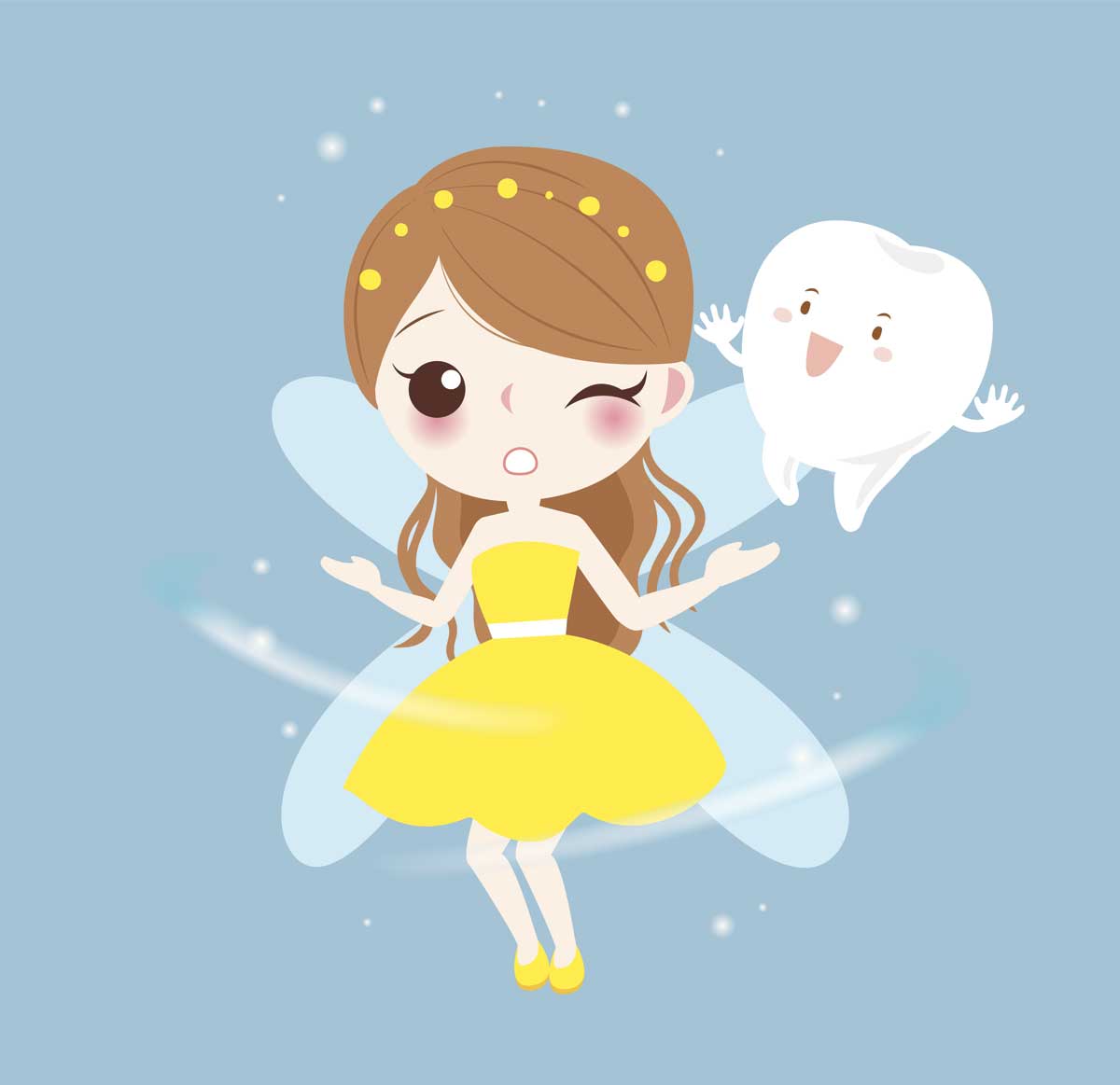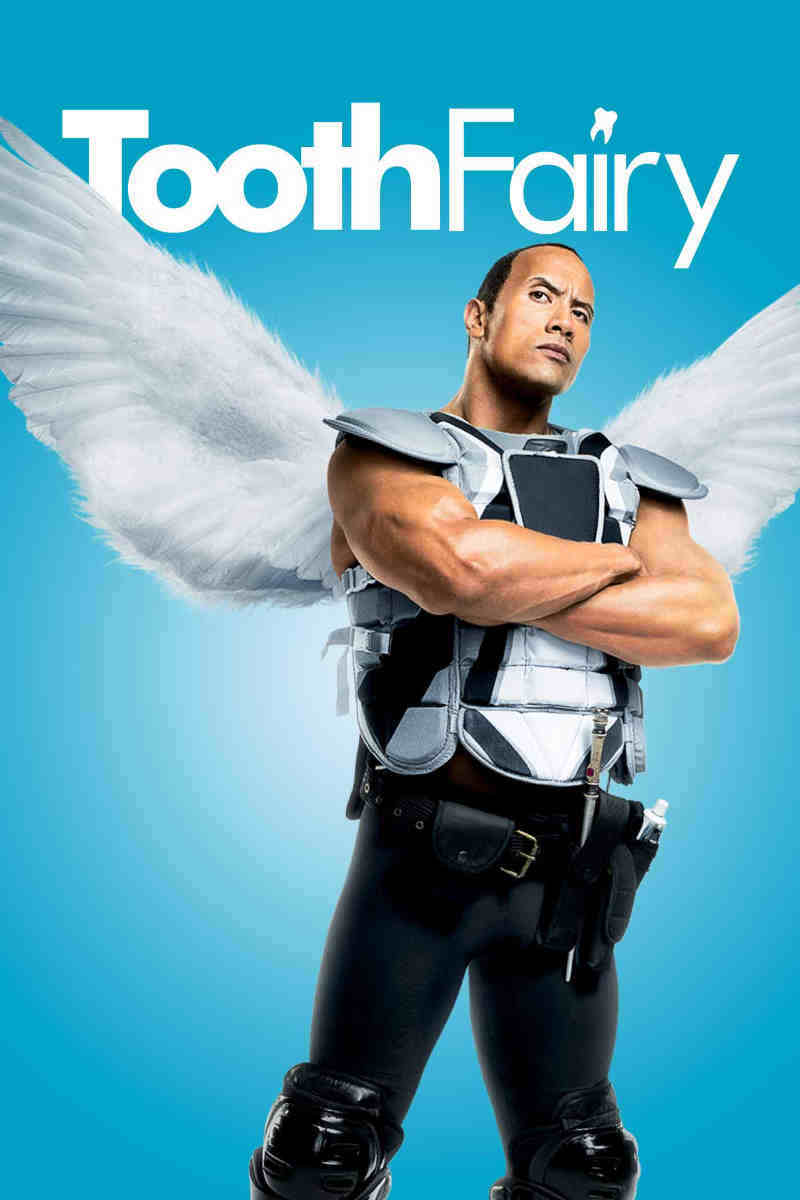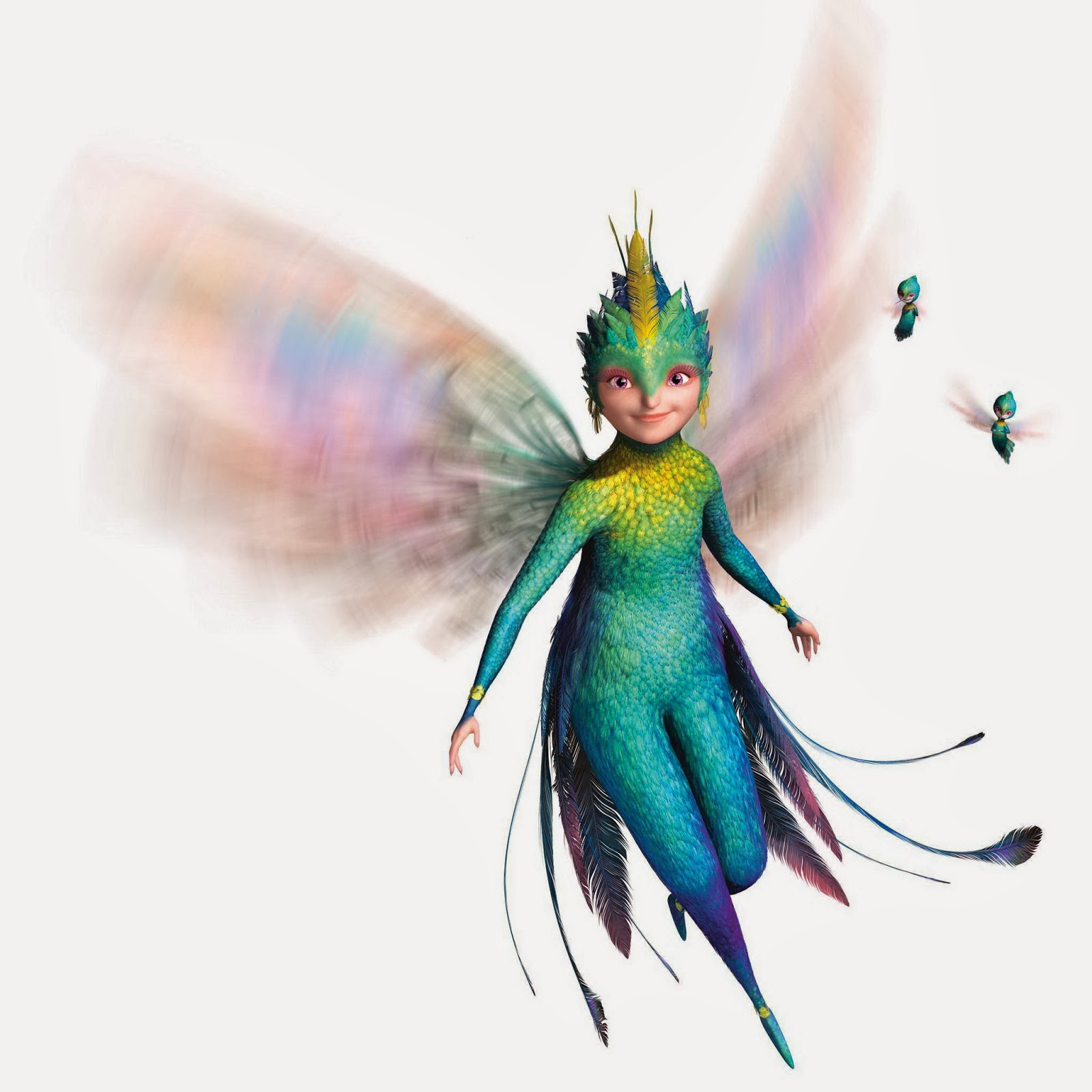
If the tooth is buried near a doctor’s office, the child may grow up to be a doctor. In Turkey, baby teeth are thought to have some bearing on how the child’s future will turn out, so they are buried optimistically. In Lithuania, many kids keep their teeth in a special box, or they may make them into a necklace or other keepsake. Not everyone is so willing to part with their treasured teeth. Similarly, Japanese kids throw their bottom teeth straight up into the air and their top teeth straight into the ground, hoping the new tooth will grow in just as straight. Instead of throwing their lost teeth onto the roof, children in Egypt, Jordan, Iraq and other Middle Eastern countries throw their teeth up in the air toward the sun, asking the sun to send them better adult teeth in return. In Greece, children wish for strong healthy teeth to grow in their place. In Korea and Brazil, it is believed a bird will pick it up and bring them a new tooth. In several countries, kids toss their baby teeth onto the roof.

In France, Belgium, Morocco and Switzerland, baby teeth are placed under the pillow for La Petite Souris, or the Little Mouse, who takes them and leaves a coin or a bill behind. The apparently thirsty tooth mouse drinks the water and takes the tooth, leaving a small gift or money in its place. Typically, this little rodent collects teeth from under the pillow, but children in Argentina drop their dearly departed tooth in a glass of water before heading to bed. In several Spanish-speaking countries, children are told of Ratocinto Perez, who also goes by El Raton de Los Dientes, Raton Perez, and Perez Mouse. Why a mouse, you ask? This tradition is based on the fact that the teeth of mice grow for their entire lives. There are many places where children are visited not by a tooth fairy, but by a tooth mouse. While American kiddos receive money – $3.70, on average – from a benevolent fairy in exchange for their teeth while they sleep, the loss of baby teeth is commemorated in many different ways around the world.

When English children lost a baby tooth, it was burned in an effort to save the child from an eternity searching for it in the afterlife.

In medieval Europe, lost baby teeth were often buried, as it was believed that if a witch got hold of your teeth, they would have total power over you. in the early 1900s, but its roots are much older, and darker, than the friendly fairy we’ve come to know today.Įven in the earliest written records of Norse traditions, paying children for their lost teeth is mentioned Viking warriors would fashion necklaces out of these tiny treasures, as they were thought to bring good luck in battle. The tale of the tooth fairy is believed to have originated in the U.S.


 0 kommentar(er)
0 kommentar(er)
